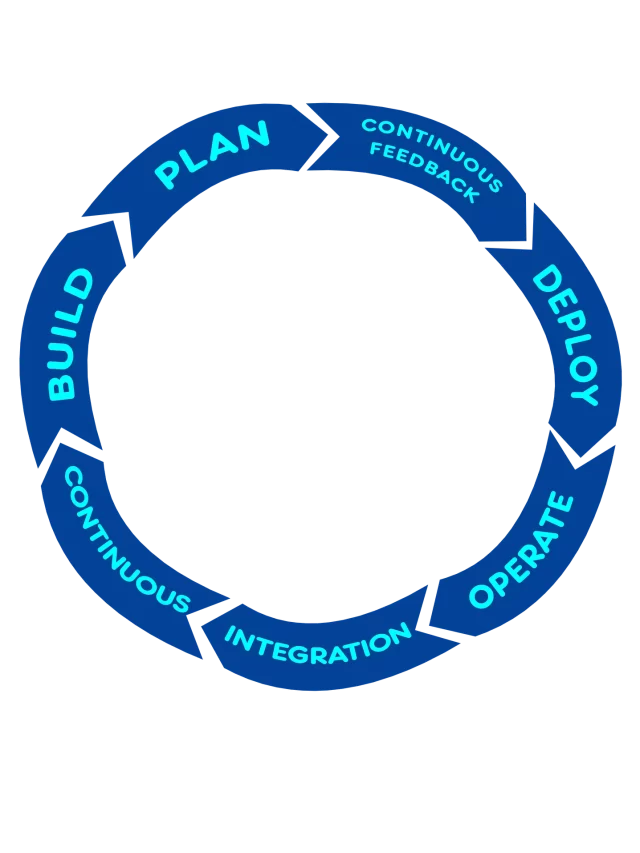Agile Project Management
Weekly Challenge 1 Quiz Answer
Weekly Challenge 1
Question 1)
Agile project management works well with projects that take an iterative approach. What does this mean? Select all that apply.
- The team operates within many short blocks of time
- Project processes are repeated many times during the life cycle of the project
- The project will take longer to complete
- Project deliverables improve continuously based on feedback
Question 2)
You are managing a project and your customer does not know which features they want in the end product. How can Agile help solve your customer’s problem? Select all that apply.
- Agile helps your team frequently and quickly get customer feedback. This enables you to make changes as needed and give your customer the product they really want.
- Agile helps you create a product requirements document, formally-approved project plans, and a change control board, with the aim of protecting the team from building something that the customer doesn’t want and minimizing any changes.
- Agile acknowledges the fact that things change and is designed to embrace these changes as your project progresses.
- Agile enables you to produce more than one version of the product. Then, the customer can decide which one they prefer.
Question 3)
As an Agile project manager, you should value individuals and interactions over processes and tools. What does this mean for your team? Select all that apply.
- Work together with your team to help each other achieve the best outcomes possible.
- Have brief conversations rather than long, drawn out email exchanges.
- Improve collaboration within the team by effectively using processes and tools to drive and facilitate your project.
- Forgo using processes and tools in order to speed up the production process.
Question 4)
How do Agile teams collaborate with their business partners and stakeholders to create business value for the organization and their users? Select all that apply.
- Gather feedback at the end of the project only
- Welcome changing requirements
- Work together with business people and developers throughout the project
- Help each other achieve the best outcome
Question 5)
What does VUCA stand for?
- Volatility, uncertainty, complexity, and ambiguity
- Volume, uncertainty, complexity, and accuracy
- Volatility, upheaval, collaboration, and ambiguity
- Veracity, uncertainty, collaboration, and accountability
Question 6)
How can the VUCA concept help you decide to use Agile or Waterfall? Select all that apply.
- It helps determine how complex your project is.
- It helps determine if your project needs more predictive stability than the Waterfall method provides.
- It helps determine if your project is too ambiguous for the Waterfall method.
- It helps determine whether your project is too volatile for the Waterfall method.
Question 7)
What is the product owner on your team responsible for? Select all that apply.
- Maximizing the value of the product and the work of the team
- Providing the final say on how to prioritize the work
- Owning the inventory of work
- Running the project team meetings
